Maritime mobility department
Supported by the solutions developed at our sustainable innovation laboratory, as well as our two areas of expertise – flight and wind – directly from ocean racing, the role of our maritime mobility division is to develop innovative, tailor-made ships that help to reduce the emissions related to maritime transport.
Our ambition is to propose our concepts to as many people and possible and share our solutions, therefore the ships that we imagine, design and develop may be rolled out to target 3 major markets: passenger transport, professional offshore transport and high-tech yachting.
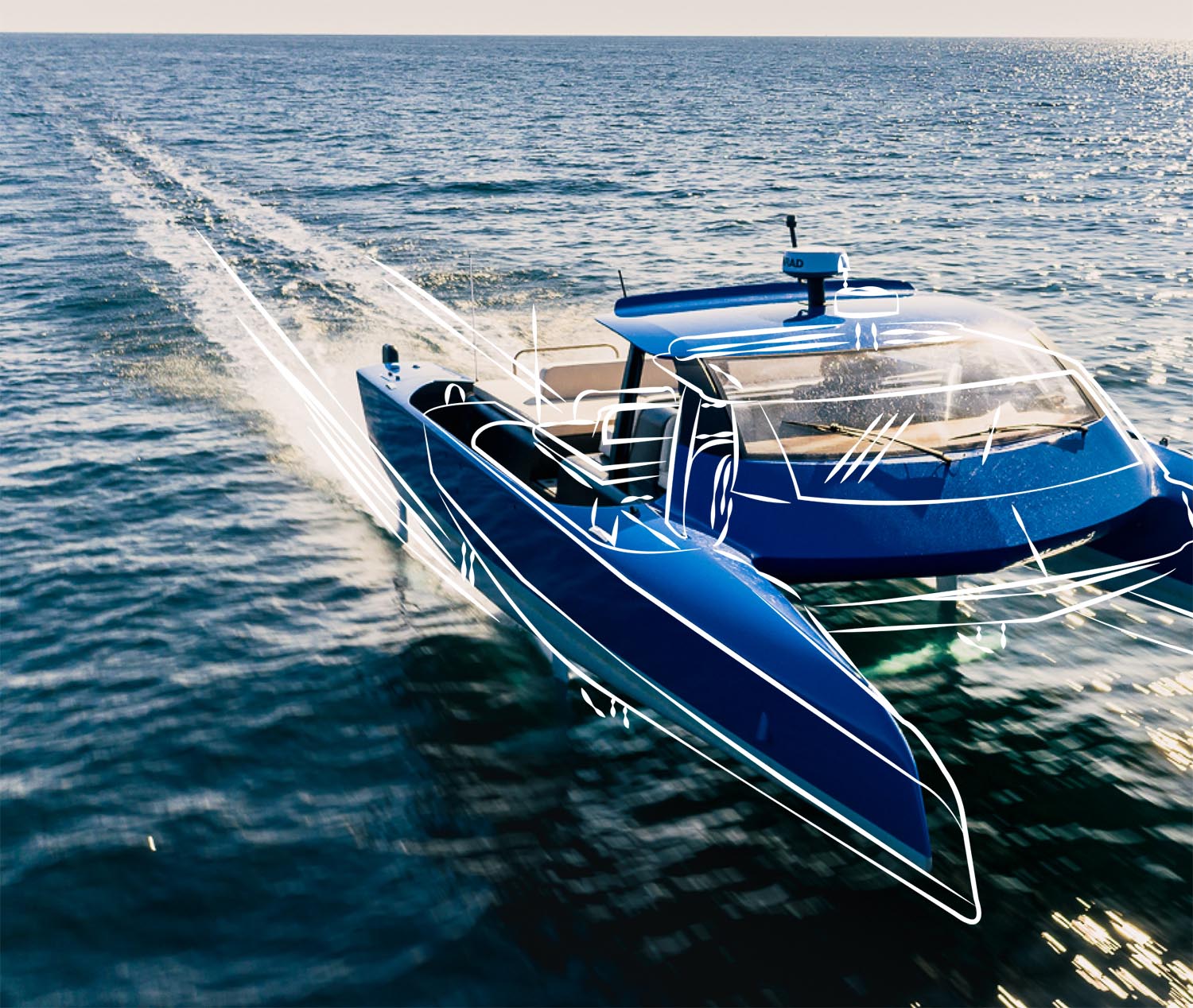
Making boats fly
Use the wind to travel

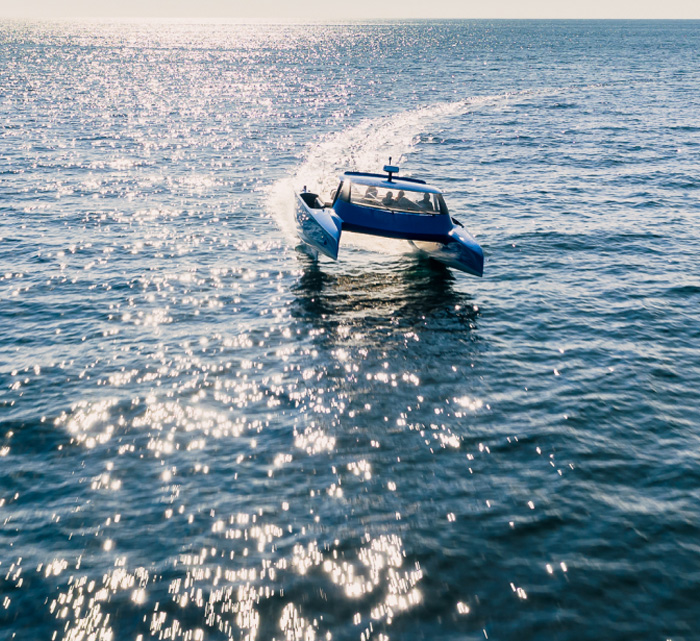

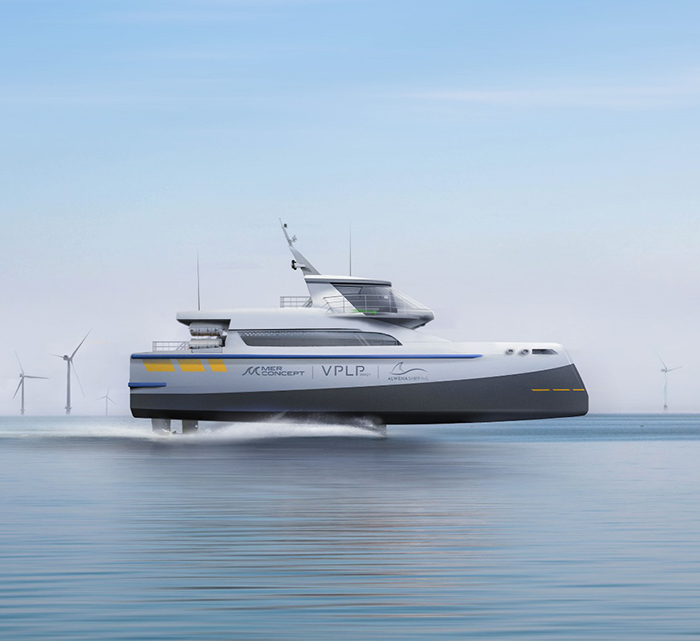
Technical partner of VELA
MerConcept, technical partner
The objective of our company’s Maritime Mobility department is to design innovative, tailor-made prototype ships, with the aim of reducing greenhouse gases in the maritime transport sector.
We capitalise on our expertise in the flight and yachting sectors. It was therefore natural for us to position ourselves as a technical partner of VELA, a sail-powered goods transport company which was co-founded by François Gabart and four engineers based in Paris, Bayonne and Concarneau.
One major objective of this partnership is to put all our skills and know-how to work for sail-powered maritime transport, in order to provide a more concrete response to our “Achieve the dream of travelling on the ocean in a sustainable way” mission.
Our team will now be involved in the following aspects of this project:
- Meteorological routing
- On board energy management
- Naval architecture
- Rigging expertise
- Sailing the ship
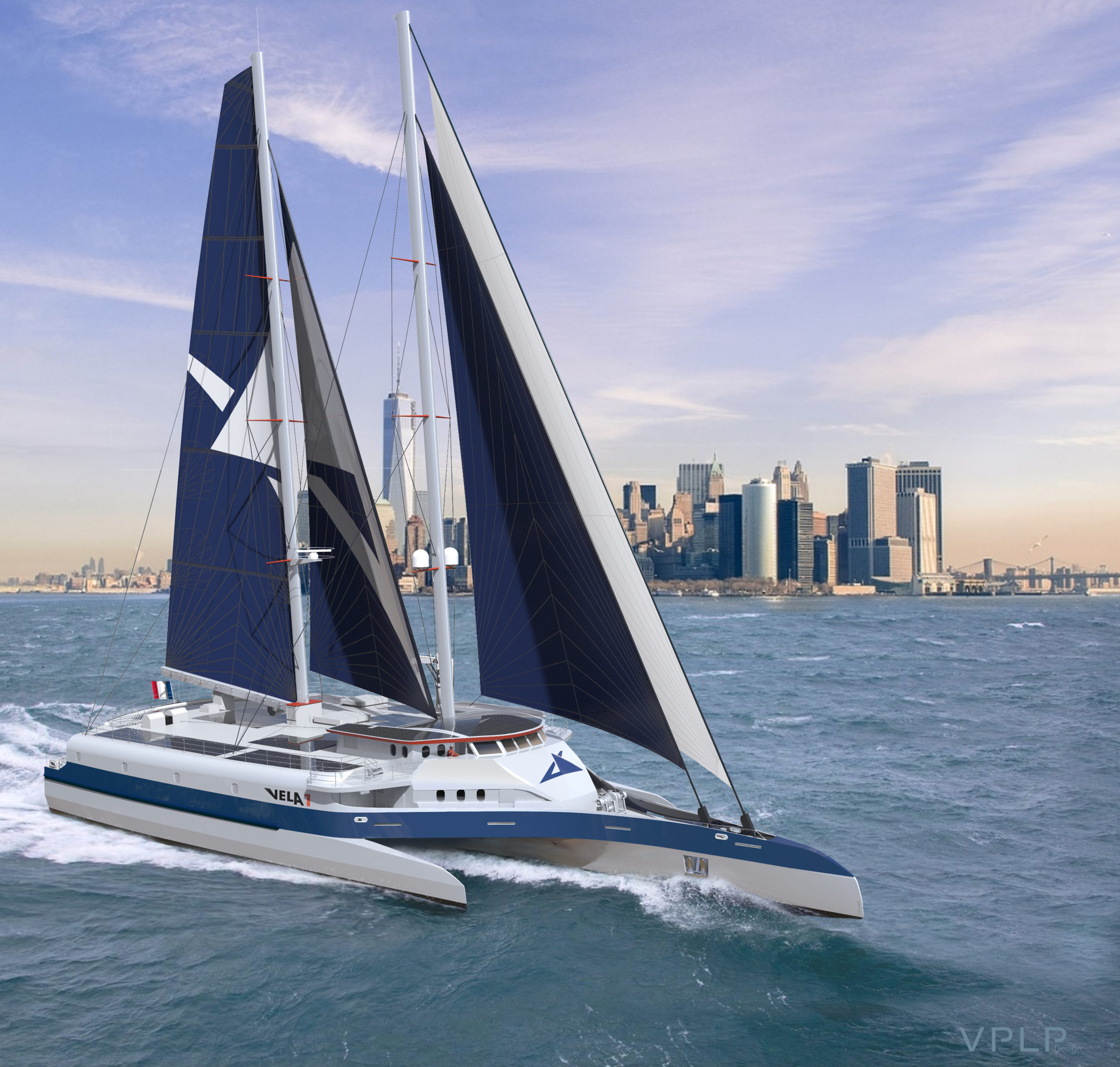
The SCF
Construction
The construction materials are similar to the ones we use on all our development projects: carbon and biocomposites.
Simulator
The development software used is similar to the software we use on our sporting projects, in collaboration with VPLP Design
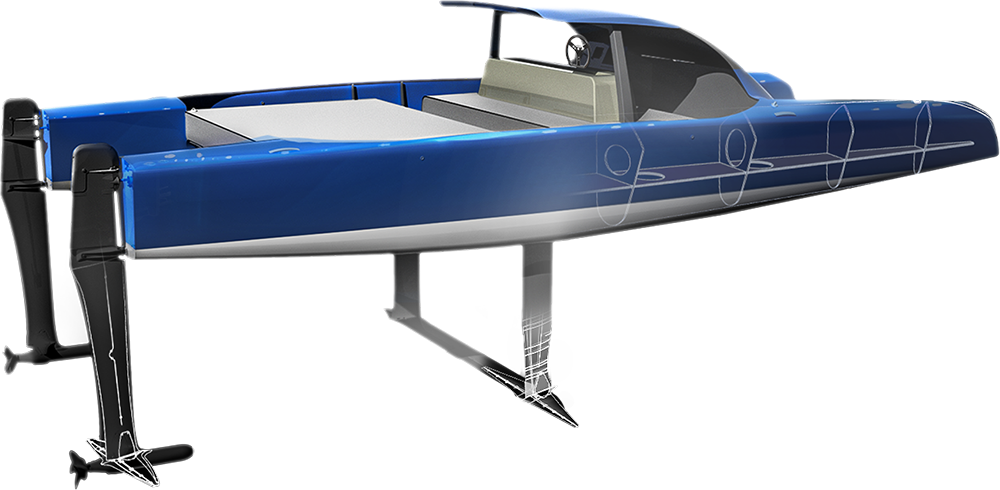
System
Our system design and integration expertise is at the heart of this hydrofoil ship’s operation, notably in connection with:
- The flight controller
Developed with Madintec - Propulsion system
Developed by Kossel Control
Ocean racing expertise at the service of maritime mobility
This electric catamaran with foils is made of our special expertise
Piloting
The force feedback wheel integrated on board which enables the maximum amount of sensation in flight to be passed back, was developed on board the SVR-LAZARTIGUE trimaran.
Design
Certain architectural elements are inspired by the SVR-LAZARTIGUE Trimaran: Profile of the bows, Rudders, Hydrofoil in PI.
Flight to optimise energy efficiency
Designed based on a combination of hydrofoils and the drift of the SVR-LAZARTIGUE Trimaran, this audacious Pi hydrofoil acts like a submerged aeroplane wing. When a certain target speed is reached, this structure, combined with the sail plans of the two rudders, will enable the ship to be powered until it achieves flight behaviour.
Controlled flight for easier piloting
The flight control system integrated on board enables automatic optimisation of the ship’s flight, giving it impressive stability and energy efficiency which is just as significant.
The ergonomic helm, combined with flight and steering assistance, makes piloting easy and accessible to all sailors who are familiar with driving engine-powered boats.

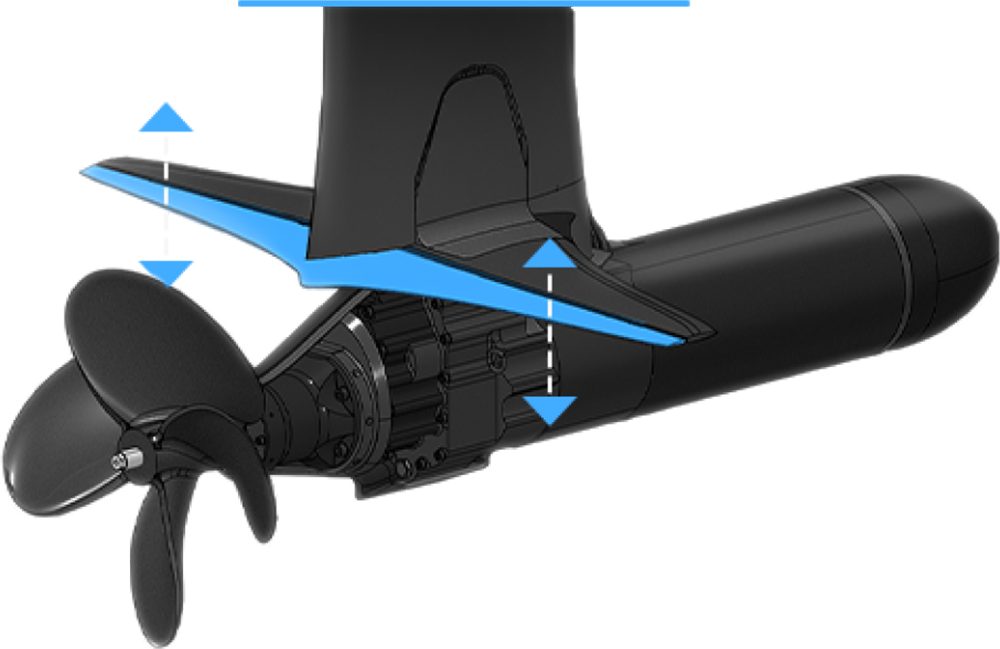
Transport projects
Fast Foiling Ferry – Passenger transport
In order to contribute to more sustainable mobility, to reinforce the technology transfers between our ocean racing and maritime mobility activities and to test the innovations which are developed at the LAB, we work closely with VPLP Design and Alwena Shipping on a flying passenger ship concept.
Presented at the start of 2020 by VPLP Design in partnership with Alwena Shipping, the Fast Foiling Ferry (F3, or “F Cube”) is a 24 to 30m hydrofoil catamaran which can transport up to 200 passengers at an average speed of 40 knots, with consumption reduced by up to 40% in relation to the Archimedes principle. It is an innovative ship concept which is intended to break down the barriers surrounding maritime transport energy transition.
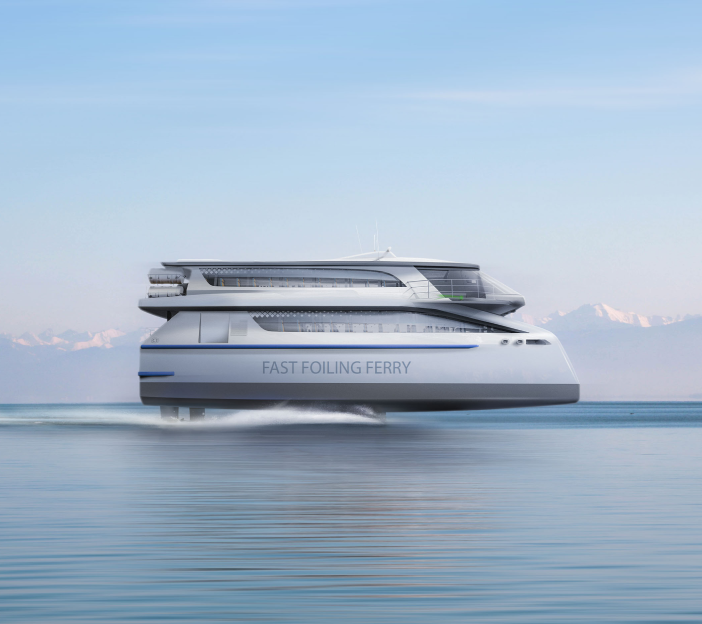
CTV – Crew transport vessels
In order to meet growing demand from the offshore wind turbine sector, our teams are studying a CTV (Crew Transport Vessel) version of the Fast Foiling Ferry, one which is 24 metres long and runs on hydrogen.
CTV – Crew Transfer Vessels – are ships which provide professional transfers for technicians and their equipment between the coast and offshore working platforms, such as wind farms.

